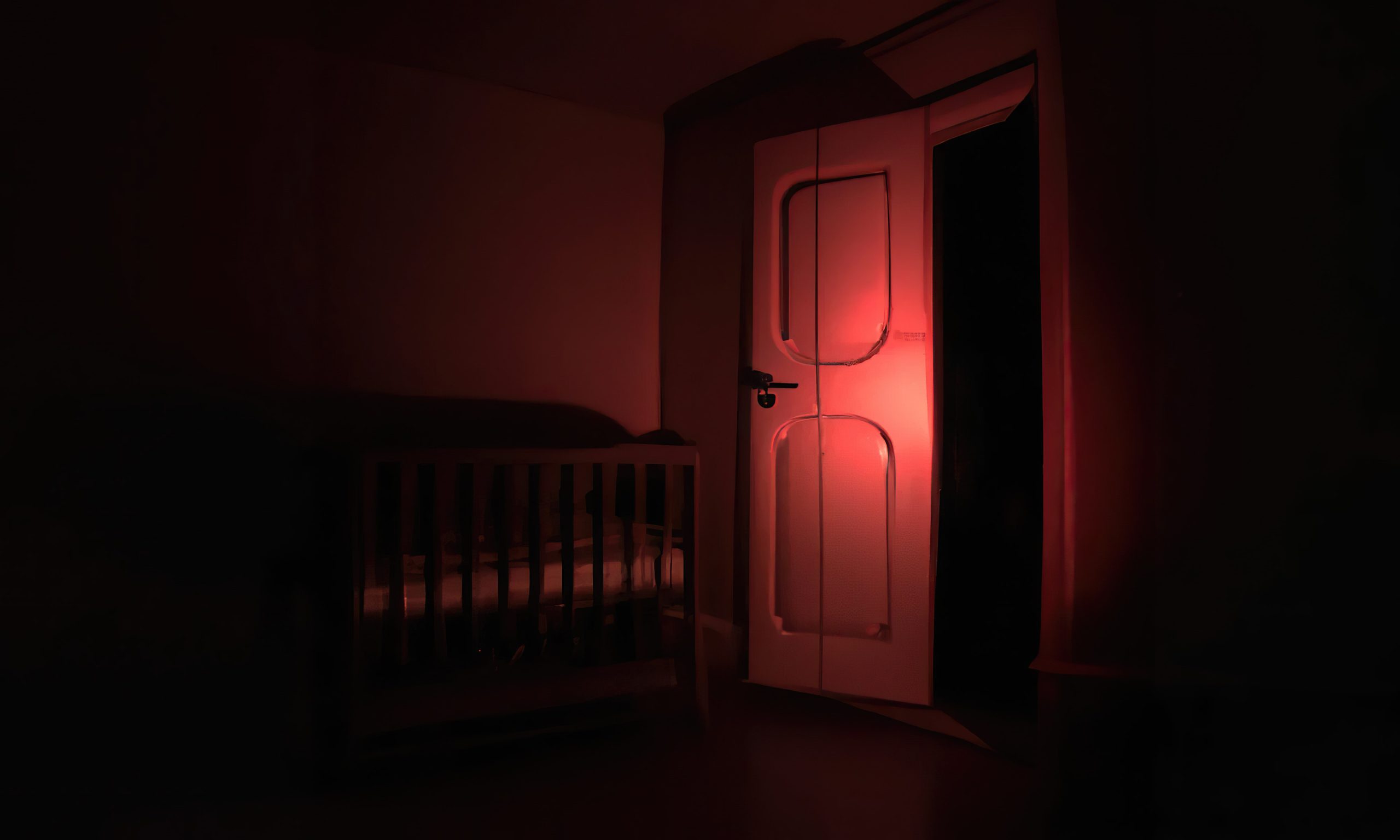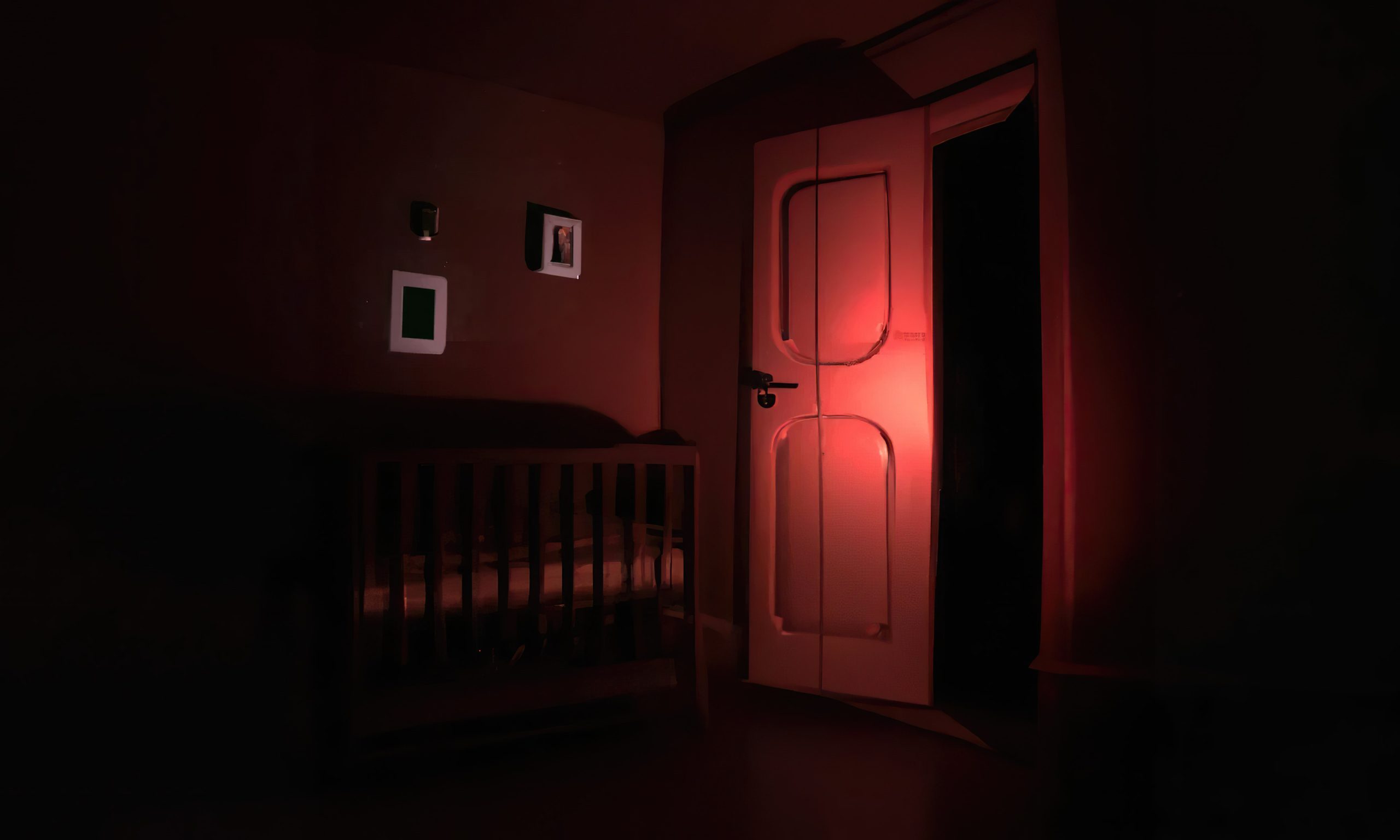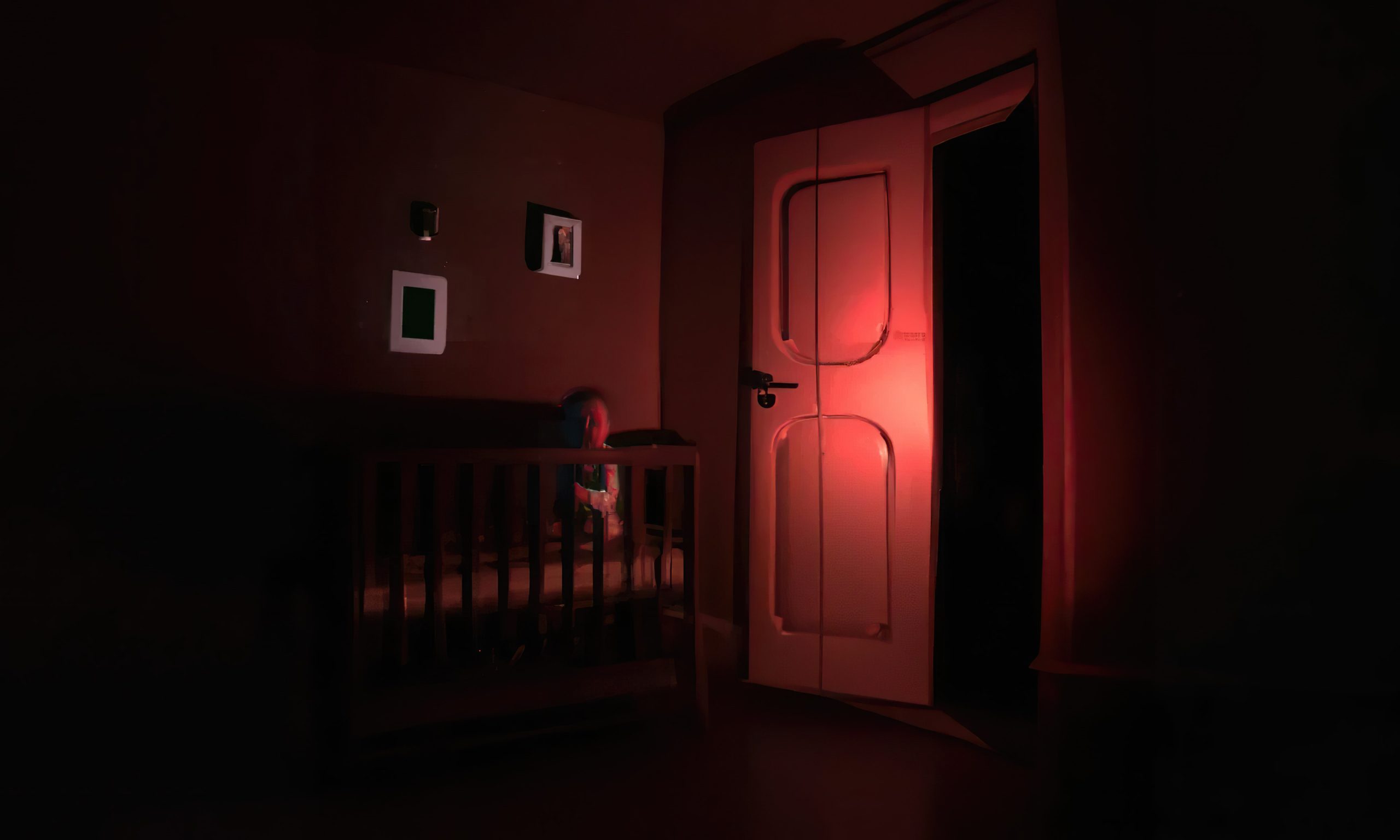It comes as a wave.
That jolt of hopelessness. That everything will be lost. The feeling of reality’s curtain pulling back leaves us staring into the Void, into the Unknown.
Is this why the unknown is more effective in transmitting a message? A cliffhanger ending, a secret admirer, an ambiguous past, a hidden truth, an alien culture, or an unknown entity.
It stays as a wave.
The uneasiness with which we rely on fringe truths. Did we see what we just saw? Is your reality the same as mine?
Or perhaps it’s the easiness with which we rely on each other that unconsciously reminds us of the frailty of our worlds.
It goes as a wave.



It’s a typical scene for an upcoming father. Wave after wave, faces materialize in front of you: are these influences from the past, present criticisms, or future uncertainties? Doubts fill every corner until each wave passes; nothing but the present scene remains.
Alluding to the “Deimos” paintings of the artist Dragan Bibin and the “This City Hates Me” collection from photographer Tye Martinez, we bring the viewer into the intersection of horror and terror: what, if anything, lurks in the dark?
We rely on the malleability of the latent space of FFHQ: we can project any image thence, so we generate five base images with DALLE-2, each telling a part of the story. Afterward, we partition these five images into patches of size 256×256, resulting in a grid of 15 columns and 9 rows (each image has been extended and upscaled to a resolution of 3840×2304). Each patch is projected into FFHQ256’s latent space, where then a carefully controlled walk between all these latent vectors is performed.
Previously, while we could globally change the truncation psi for StyleGAN, we do this in a wave-like fashion. In other words, we use the 2D position of each patch in the grid above as input to a 3D sinusoidal wave, where its height will be the value of the truncation psi for this particular patch.


